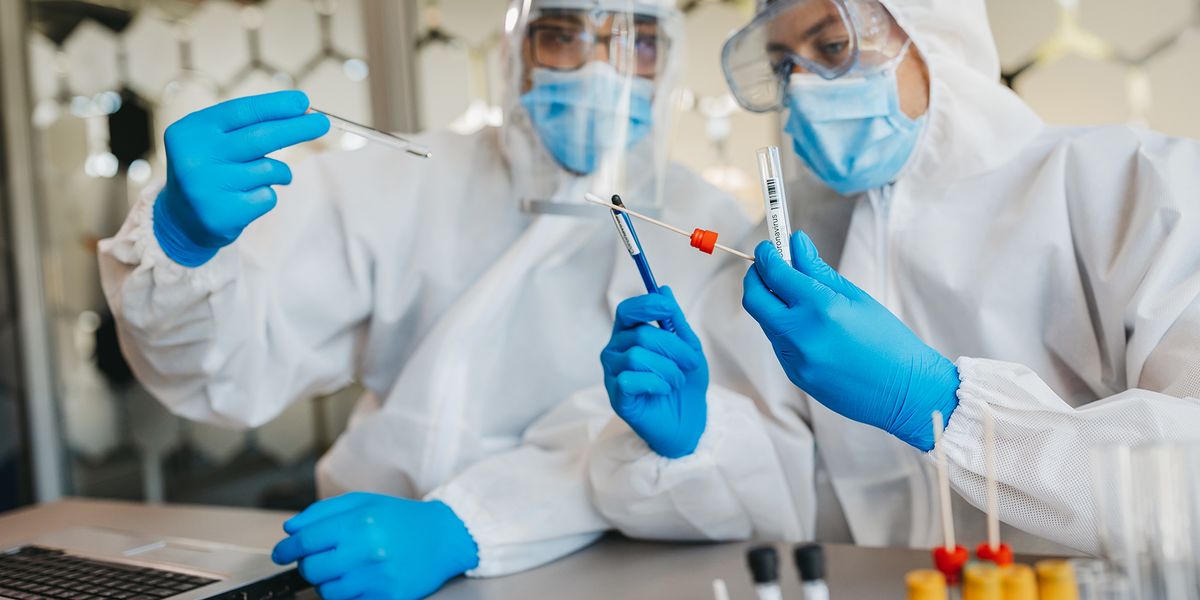Advancements in Diagnostic Equipment: Revolutionizing Healthcare
In the dynamic landscape of modern healthcare, diagnostic equipment plays a pivotal role in early detection, accurate diagnosis, and effective treatment of various medical conditions. Advancements in technology have led to the development of sophisticated diagnostic tools that enhance the precision and efficiency of medical professionals. This article explores the key categories of diagnostic equipment and highlights the transformative impact they have on healthcare.
Imaging Technologies: Unveiling the Invisible
1.1 Radiography:
Radiography, including X-rays and CT scans, remains fundamental in visualizing internal structures. Recent innovations have led to lower radiation doses, faster imaging times, and enhanced image quality, facilitating early detection of conditions such as fractures, tumors, and cardiovascular issues.
1.2 Magnetic Resonance Imaging (MRI):
MRI utilizes powerful magnets and radio waves to generate detailed images of soft tissues. Advances in MRI technology have resulted in higher resolution, faster imaging, and improved contrast, allowing for precise diagnosis of neurological disorders, musculoskeletal issues, and more.
Laboratory Diagnostics: Decoding Biomarkers
2.1 Blood Tests:
Blood tests are crucial for assessing a wide range of health indicators, from cholesterol levels to organ function. Automated analyzers and point-of-care testing devices have streamlined the process, enabling quicker results and more efficient patient care.
2.2 Molecular Diagnostics:
The field of molecular diagnostics has witnessed significant growth, allowing for the identification of genetic and molecular markers associated with diseases. Polymerase chain reaction (PCR) and gene sequencing technologies have revolutionized personalized medicine and targeted therapies.

Point-of-Care Testing: Swift and Precise Results
3.1 Portable Ultrasound:
Portable ultrasound devices have empowered healthcare professionals to perform on-the-spot imaging, aiding in quick assessments during emergencies and at the bedside. These devices are particularly valuable in obstetrics, cardiology, and critical care settings.
3.2 Rapid Diagnostic Tests:
Rapid diagnostic tests, such as those used for infectious diseases, have become essential in resource-limited settings. These tests provide quick results, enabling timely intervention and containment of outbreaks.
Digital Health: Integrating Data for Informed Decisions
4.1 Telemedicine and Remote Monitoring:
The integration of diagnostic equipment with telemedicine platforms allows for remote consultations and continuous monitoring of patients. This has proven invaluable in managing chronic conditions and improving access to healthcare services.
4.2 Artificial Intelligence in Diagnostics:
Artificial intelligence (AI) is revolutionizing diagnostics by analyzing vast amounts of medical data. AI-powered algorithms enhance the accuracy of image interpretation, assist in pattern recognition, and contribute to the early detection of diseases.
Challenges and Future Prospects:
5.1 Interoperability and Integration:
The challenge lies in ensuring seamless interoperability and integration of diverse diagnostic technologies. Efforts are underway to establish standardized protocols and interfaces for a more interconnected healthcare ecosystem.
5.2 Ethical Considerations:
As diagnostic technologies advance, ethical considerations regarding data privacy, consent, and the responsible use of AI in healthcare become paramount. Striking a balance between innovation and ethical practice is crucial.
The Role of Wearable Diagnostic Devices:
7.1 Continuous Monitoring:
Wearable diagnostic devices, such as smartwatches and fitness trackers, have become increasingly popular for continuous health monitoring. These devices can track vital signs, physical activity, and even provide real-time feedback to users. The data collected can be valuable for preventive healthcare and early detection of anomalies.
7.2 ECG and Blood Pressure Monitoring:
Some advanced wearables now incorporate electrocardiogram (ECG) and blood pressure monitoring features. These capabilities empower individuals to monitor their cardiovascular health and provide healthcare professionals with valuable data for remote patient management.
Overcoming Geographical Barriers:
8.1 Mobile Clinics and Remote Diagnostics:
In regions with limited access to healthcare facilities, mobile clinics equipped with diagnostic tools are bridging the gap. These mobile units, often equipped with imaging devices, laboratory equipment, and telemedicine capabilities, bring essential healthcare services to remote and underserved communities.
8.2 Drones in Diagnostics:
Innovative uses of technology, such as drones, are being explored to transport diagnostic equipment and samples swiftly. This approach is particularly beneficial in emergency situations, natural disasters, or areas with challenging terrain, ensuring timely access to diagnostic services.
Environmental and Cost Considerations:
9.1 Green Diagnostics:
The healthcare industry is increasingly conscious of its environmental impact. Manufacturers are focusing on developing eco-friendly diagnostic equipment with reduced energy consumption and materials that are easier to recycle. This shift aligns with broader efforts in healthcare sustainability.
9.2 Cost-Effective Solutions:
As technology advances, efforts are being made to make diagnostic equipment more cost-effective and accessible. This involves not only reducing the initial purchase cost but also considering the overall cost of ownership, including maintenance, training, and consumables.
Training and Skill Development:
10.1 Continuous Training Programs:
With the rapid evolution of diagnostic technologies, healthcare professionals need continuous training to stay updated on the latest equipment and methodologies. Training programs, workshops, and online resources are essential for ensuring that diagnostic tools are used to their full potential.
10.2 Addressing the Digital Divide:
To maximize the benefits of advanced diagnostic equipment, efforts are required to address the digital divide. This includes ensuring that healthcare providers in all regions, including those in developing countries, have access to the necessary training and resources.
Global Collaborations in Research and Development:
11.1 International Partnerships:
Collaboration on a global scale is crucial for advancing diagnostic technologies. International partnerships in research and development foster innovation, allow for the sharing of best practices, and contribute to the development of universally applicable diagnostic solutions.
11.2 Open Data Initiatives:
Open data initiatives facilitate the sharing of anonymized medical data for research purposes. By promoting transparency and collaboration, these initiatives accelerate the development of new diagnostic tools and enhance our understanding of various medical conditions.
Conclusion: Navigating the Future of Healthcare
Diagnostic equipment continues to evolve, driving advancements that redefine the landscape of healthcare. From imaging technologies that unveil the hidden intricacies of the human body to the integration of digital health solutions, these innovations hold the promise of earlier, more accurate diagnoses and improved patient outcomes. As technology advances, healthcare professionals and policymakers must collaborate to ensure the responsible and ethical implementation of diagnostic equipment for the betterment of global health.



